Knowing the best insulation for garden room buildings can mean the difference between a garden room that’s useable year-round and one that feels abandoned during extreme weather.
Garden rooms have become an increasingly popular feature in modern homes. Whether used as a home office, a creative studio, or a quiet retreat, these versatile spaces offer a peaceful escape just steps away from the main house. However, one critical factor in building a garden room often goes overlooked—insulation.
This comprehensive guide dives into everything you need to know about insulating garden rooms. From material options to step-by-step installation tips, we’ll help you create a comfortable, energy-efficient sanctuary.
Why Are Garden Rooms so Popular?
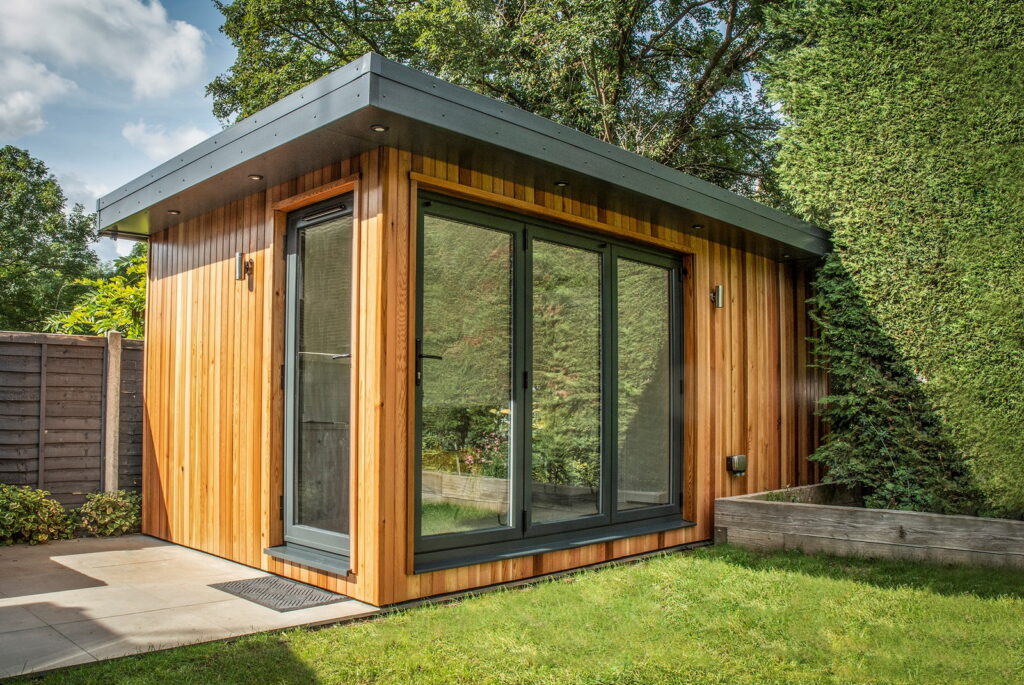
The demand for garden rooms has surged in recent years thanks to work-from-home trends and the increasing need for personal space. Unlike traditional home extensions, garden rooms offer a quicker, more cost-effective solution to creating additional square footage. They’re incredibly versatile too. Some people use them as offices; others as yoga studios, gyms, art spaces, or even guest accommodations.
The charm of a well-crafted garden room lies in its ability to blend indoor comfort with the peacefulness of outdoor surroundings making them great for garden offices due to the peace and quiet the outdoors holds. That said, without proper insulation, this tranquil hideaway can quickly turn into an uninhabitable space during harsh summers or winters.
Why is Insulation Crucial for Garden Rooms?
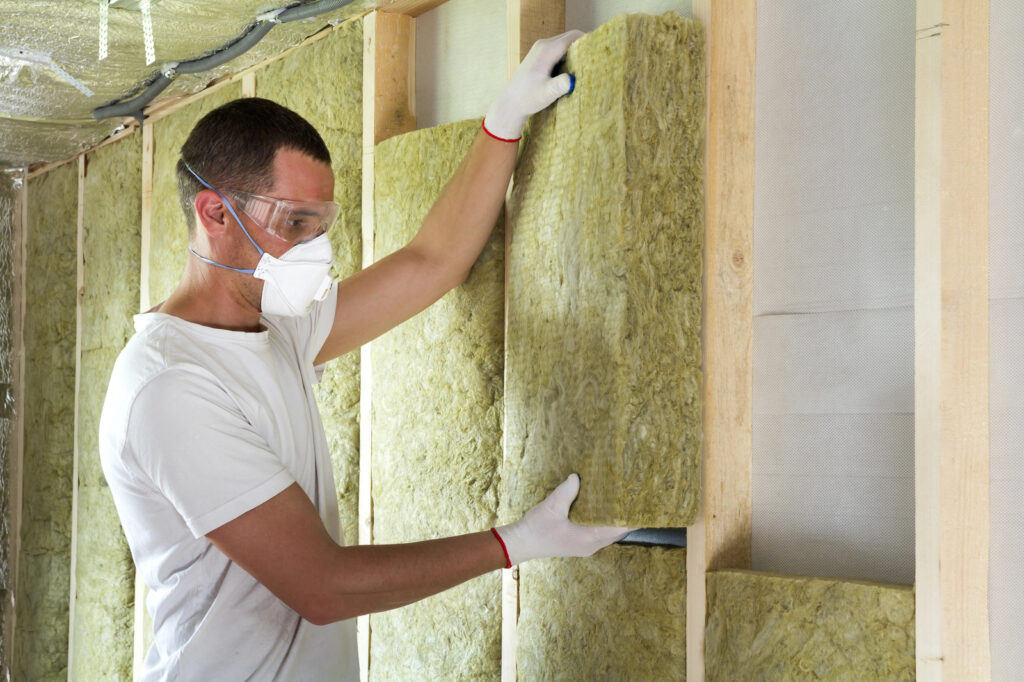
Whether you live in a region with shifting seasons or enjoy stable weather, insulation is essential to maintain a balanced temperature inside your garden room. Without it, summer heat can make the space unbearably warm, while winter chills will render it impractical to use.
Here’s what good insulation achieves for your garden room:
- Temperature Regulation: Keeps the interior cool in summer and warm in winter.
- Energy Efficiency: Reduces the need for heating or cooling systems, cutting down on energy bills.
- Comfort: Creates a more enjoyable and usable space all year round.
- Noise Reduction: Helps minimize external noise, offering a quieter environment for focus or relaxation.
- Thermal Performance: Improves the overall thermal performance of your garden room, making it more environmentally friendly.
From the roof to the flooring, insulating your garden room properly ensures that it doesn’t just look good, but also feels and performs at its best.
Types of Insulation Materials for Garden Rooms
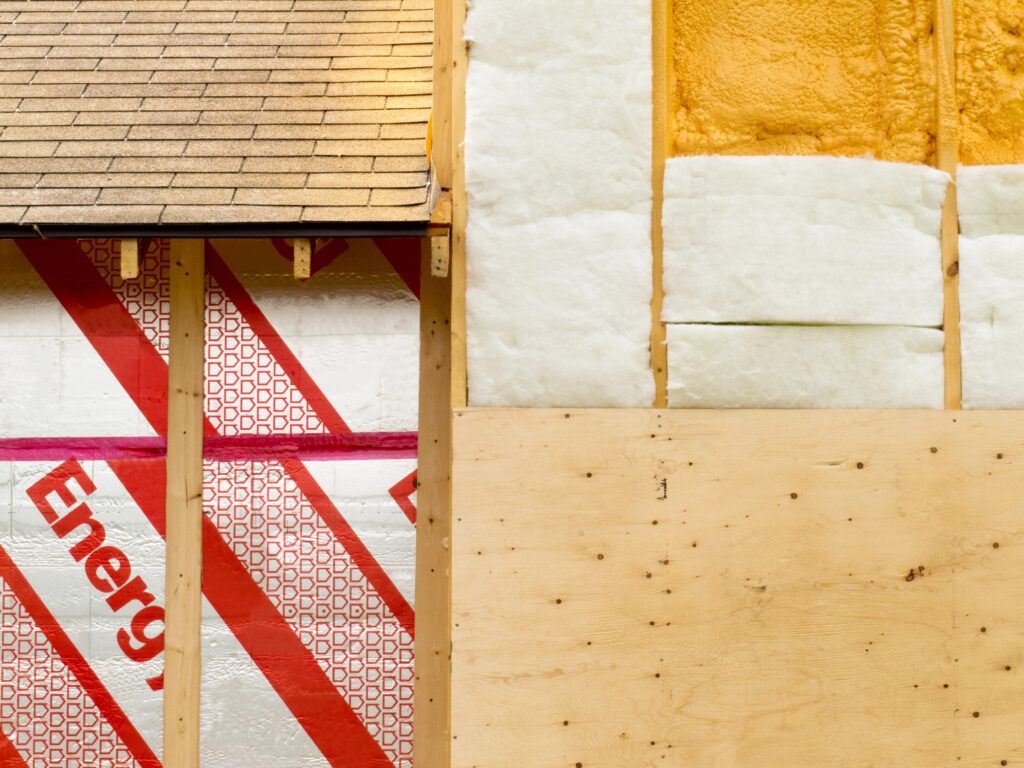
Choosing the right insulation material is key to achieving comfort, longevity and efficiency. Here’s a breakdown of the most common options:
1. Rigid Foam Boards
These structural insulated panels are great for walls, floors, and ceilings, rigid foam boards are highly effective at blocking heat and preventing energy loss. They come in a variety of thicknesses and are easy to install. Common options include polyurethane, polystyrene, and polyisocyanurate.
2. Fiberglass Insulation
This is a classic choice for many DIY enthusiasts. Made from recycled glass, fiberglass insulation traps air pockets to reduce heat transfer. It’s lightweight, affordable, and works well for walls and ceilings.
3. Spray Foam Insulation
For those looking for premium insulation, spray foam is an excellent choice. It expands upon application to fill even the smallest gaps, providing superior thermal resistance and an airtight seal to prevent air leakage.
4. Natural Insulation Materials
Eco-conscious homeowners may want to explore natural options such as sheep’s wool insulation, cork, or hemp. Not only are these materials sustainable, but they also offer excellent insulation performance while being non-toxic.
5. Reflective Foil Insulation
Reflective or radiant foil insulation is designed to block radiant heat. It’s typically used alongside other insulation materials in warm climates to keep the interior cooler.
Key Factors to Consider When Choosing Insulation
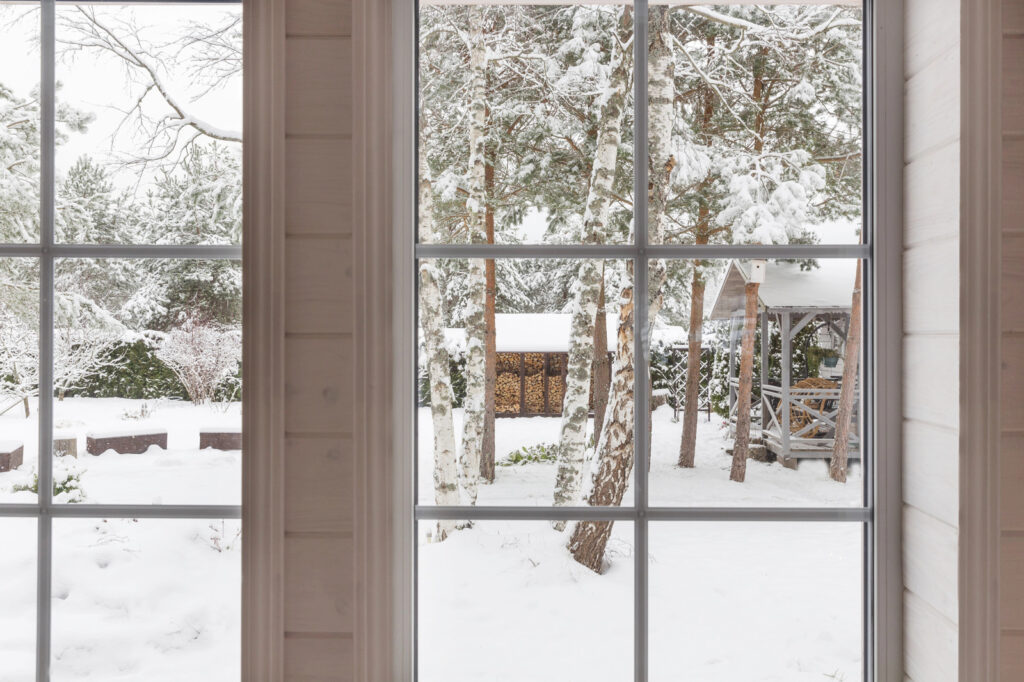
When scouting for the perfect insulation for your garden room, keep the following factors in mind:
- Climate: Consider seasonal variations in your region when selecting insulation materials.
- Budget: Rigid foam boards or reflective foil may cost more upfront, but they offer better long-term energy costs therefore lower energy bills.
- Ease of Installation: Some materials are DIY-friendly while others may require professional assistance.
- Sustainability: If you’re environmentally conscious, natural insulation materials are worth exploring.
- Moisture Resistance: Your garden room can be exposed to varying levels of humidity. Choosing a material that prevents moisture buildup is crucial to avoid mold or mildew.
Step-by-Step Guide to Insulating Your Garden Room
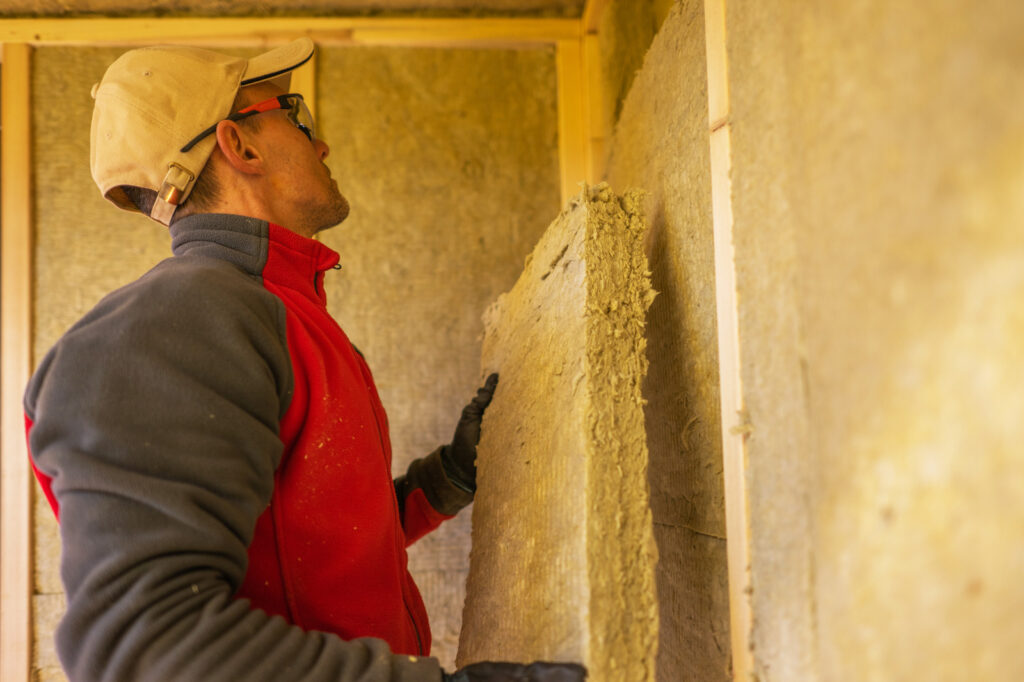
If you’re ready to take on the task, here’s a simplified step-by-step process to ensure the best insulation results:
Step 1: Measure the Space
Start by measuring the walls, roof, and floor of your garden room to determine how much insulation material you’ll need.
Step 2: Prepare the Surfaces
Ensure the surfaces where you plan to install insulation are clean and dry. If necessary, apply a damp-proof membrane to prevent moisture infiltration.
Step 3: Install Wall Insulation
Use rigid foam boards or fiberglass rolls for walls. Secure them with studs or adhesive, ensuring no gaps are left for air to seep through.
Step 4: Insulate the Roof
The roof often accounts for the highest heat loss. Use spray foam or fiberglass insulation between roof rafters and ensure it’s adequately sealed as a warm roof is always ideal.
Step 5: Don’t Forget the Floor
For floors, rigid foam boards or reflective foil can work wonders. Lay it beneath the floorboards or subfloor for maximum thermal efficiency.
Step 6: Seal and Finish
Seal all gaps and edges with a vapor barrier to prevent condensation. Finally, finish the interior with plasterboard or drywall to give it a polished look.
The Benefits of Proper Insulation for Energy Efficiency and Comfort

Committing to quality insulation delivers numerous benefits that go beyond temperature regulation. Here’s what you get:
- Cost Savings: By reducing the reliance on heaters or air conditioners, you cut down your energy savings making it more energy efficient.
- All-Year Usage: Your garden room becomes a usable, comfortable space no matter the time of year.
- Eco-Friendliness: Lower energy consumption means a reduced carbon footprint.
- Enhanced Property Value: A well-insulated garden room is an attractive feature that can boost real estate value.
Future Trends in Garden Room Insulation
The future of insulation is moving towards smarter, more sustainable solutions. Some trends to watch include:
- Smart Insulation Systems equipped with sensors to monitor temperature and humidity.
- Recycled and Upcycled Materials offering innovation and eco-friendliness.
- Phase-Change Materials (PCM) that store and release thermal energy to maintain consistent indoor temperatures.
Tailoring your insulation to meet these trends can give your garden room an edge, both in performance and sustainability.
Ensure Comfort in Your Garden Room with Quality Insulation
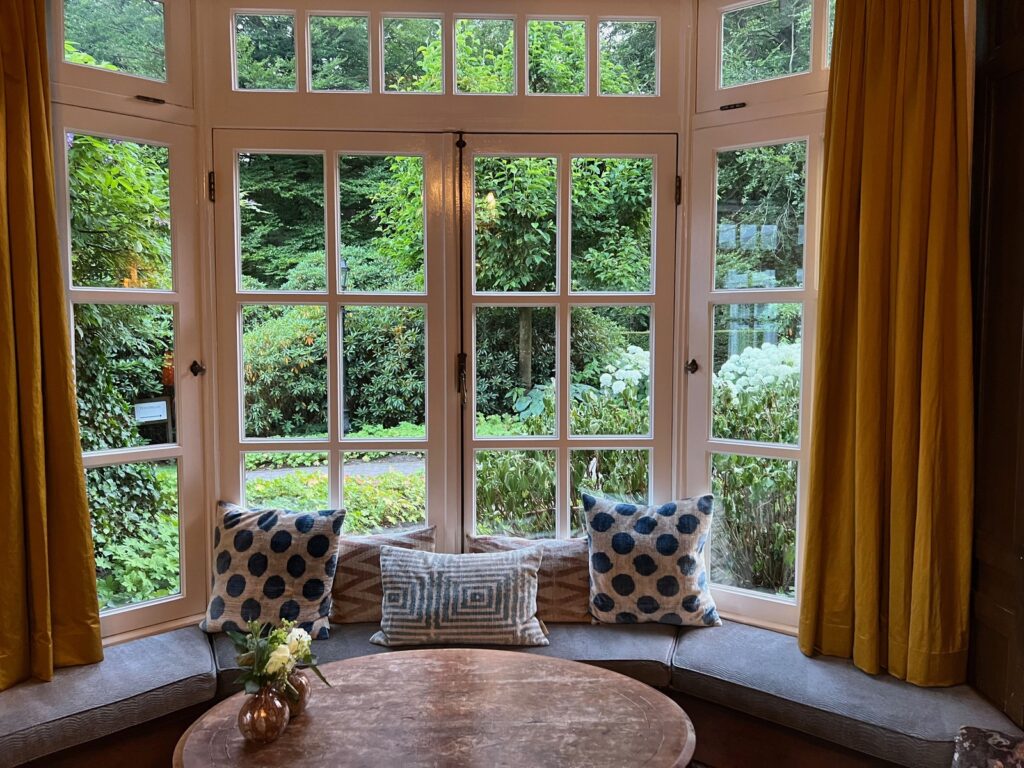
Whether you’re designing a new garden room or upgrading an existing one, insulation should always be at the forefront of your planning. By investing in the right materials and following best practices for installation, you’ll create a space that’s energy-efficient, comfortable, and resistant to weather changes.

